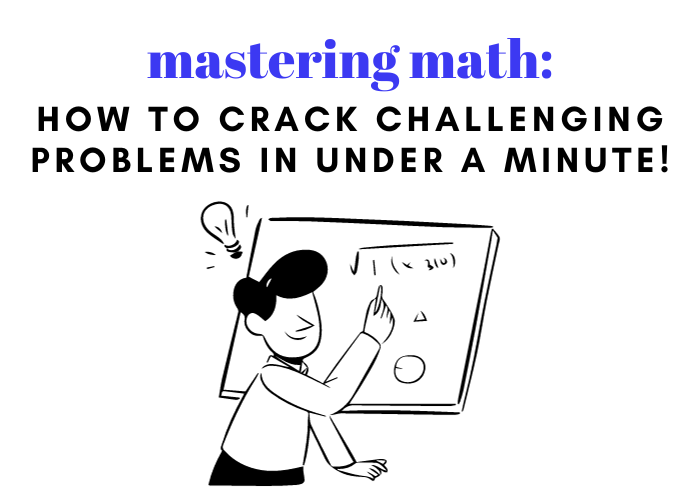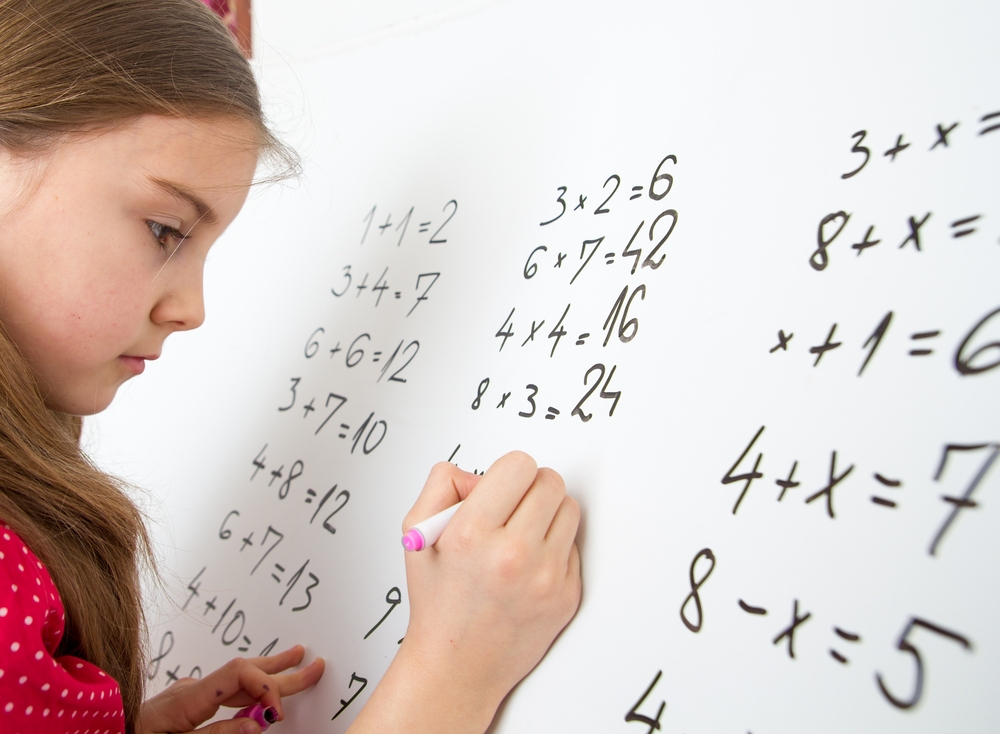

Last Updated on May 31, 2022
Parents might see “GCF” on their children’s math homework and wonder if it’s a new “text speak” term, similar to “LOL” or “OMG,” used in texts. Or, they might think a GCF is some sort of undesirable food additive. So, if you don’t remember what a GCF is from your own grade-school days, here is your refresher course. Pay close attention, because if you need to offer 5th grade math help with GCFs, you should understand them, too.
GCF is short for Greatest Common Factor. A factor is simply a number that can be multiplied with another to get the answer—the product. When comparing two products, common factors are those numbers that appear in both factor lists. The GCF (sometimes also called the greatest common divisor) is the greatest of these factors. For example, let’s start with the numbers 18 and 24:
Got it?
The greatest common factors are essential when working with fractions. Not every group of fractions will conveniently feature the same denominator, and GCFs can help simplify them. This topic of the math curriculum becomes even more essential in algebra when polynomials that use fractions are introduced.
Parents looking for 5th grade math help with GCFs can turn to an online tutoring program if their child is really struggling with this or other math concepts. If you are simply looking for some enrichment that will give your kids a GCF boost, here are some activities you can work on in the car or at home:
If you’re looking for to help your child, you can try Thinkster risk-free.
Thinkster provides a full-fledged platform (driven by AI, behavioral, and data science), as well as supplemental , help, , and more. Our Parent Insights App allows you to monitor your ‘s work and improvements at any time.
An elite, and system work together to help your go beyond just – we want them to master it.
Learn more about our curriculum and teaching style here.



